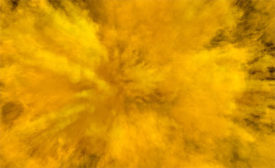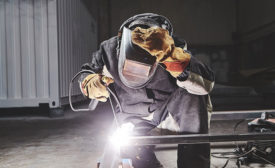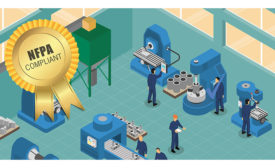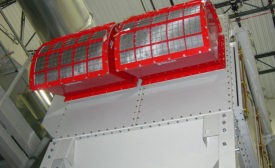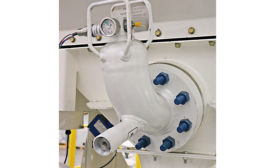Articles by Brian Richardson
How safe is your dust collection?
6 questions to evaluate safety, risk of deflagration & compliance
August 1, 2019
Dust explosion control
Choose the dust explosion protection option that will best protect your systems
March 27, 2019
Prevent explosions that can occur in dust collectors
Catastrophic consequences
November 4, 2018
Become a Leader in Safety Culture
Build your knowledge with ISHN, covering key safety, health and industrial hygiene news, products, and trends.
JOIN TODAYCopyright ©2025. All Rights Reserved BNP Media.
Design, CMS, Hosting & Web Development :: ePublishing
